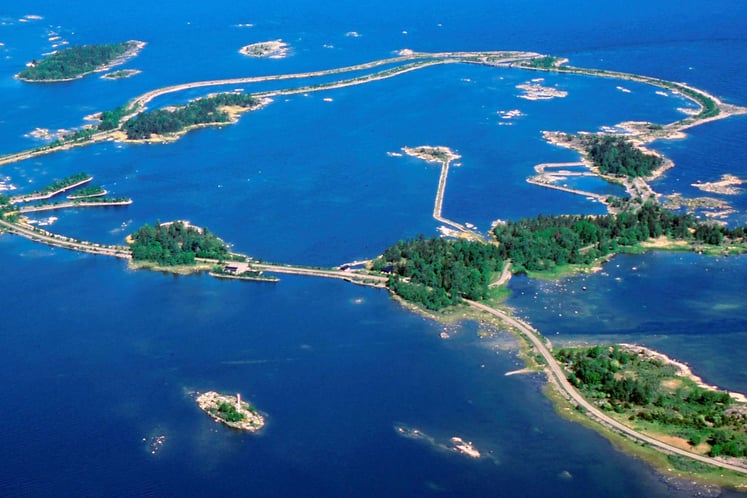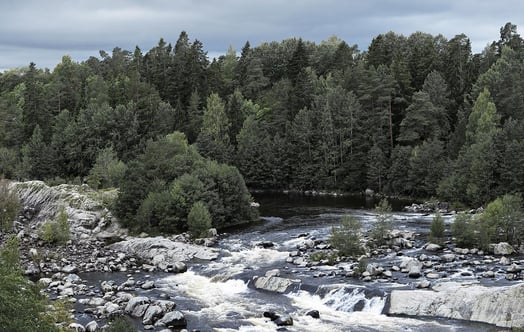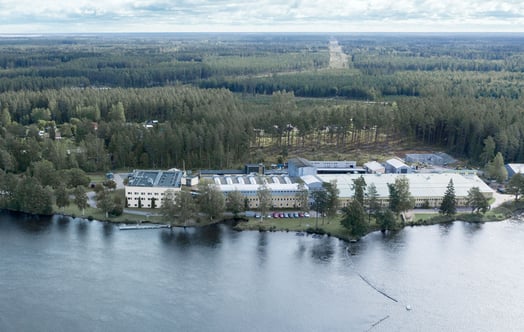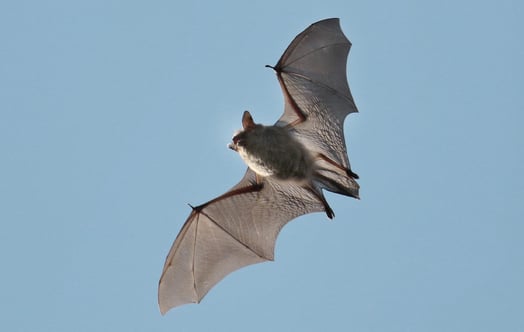Restoration of Juktån
In the early 20th century, the river Juktån served as a timber transport route, leading to significant disruption of the aquatic environment.
Short facts
- Juktån river, Sweden
- Trout and grayling
- Restore spawning areas
- 2016–2025
The clearing of waterways for timber floating and the construction of piers damaged spawning and nursery areas for stream-dwelling fish. In the late 1960s, the Juktån power station was completed, which diverted most of the river’s flow and further impacted the aquatic ecosystems.
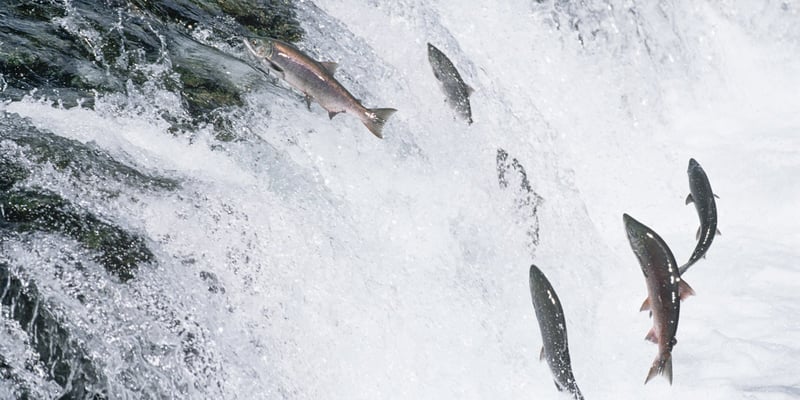
In 2016, Vattenfall, University of Umeå, Samverkan Umeälven, and other power companies initiated a project to restore Juktån. The goals included restoring spawning areas for trout and grayling, increasing stream habitat areas, and enhancing Juktån’s appeal as a fishing and recreational site.
The restoration was completed in autumn 2020, and the ecological effects will be monitored until 2025.
More about biodiversity
Biodiversity and nature protection are a priority at Vattenfall. It is one of the focus areas in our environmental policy and therefore also a central part in our environmental work.
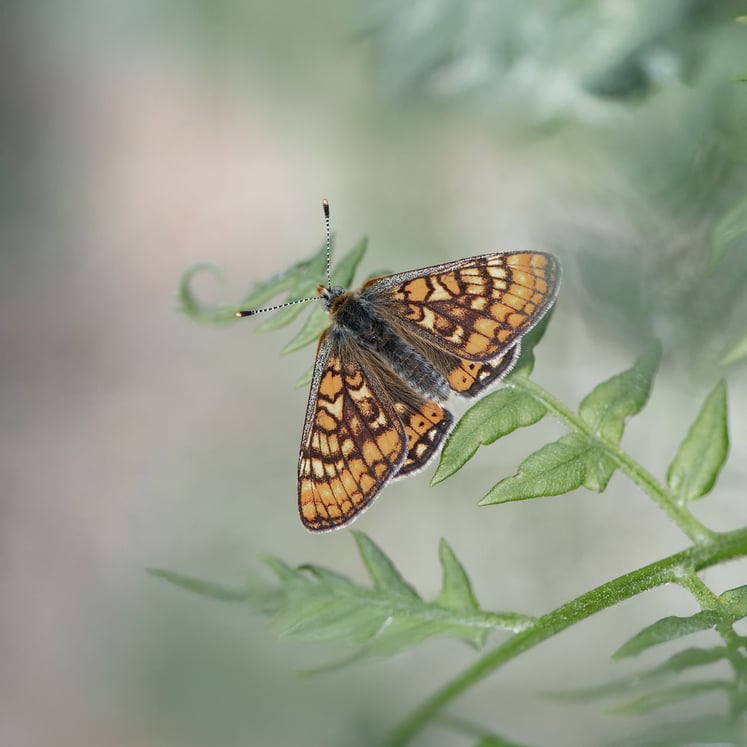
How we make a difference for nature
Biodiversity is an important and integrated part of our work. Here, we show concrete examples of how we care for nature through our projects.
